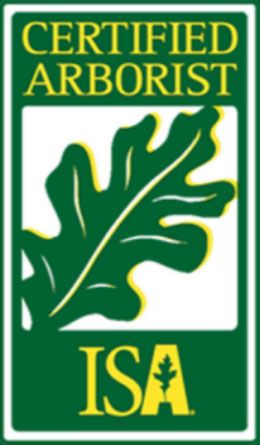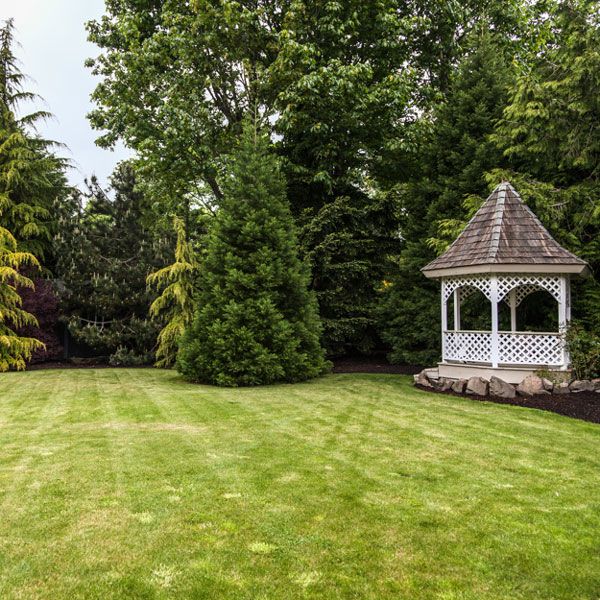8 Signs Your Backyard Tree Needs Professional Help
There are numerous diseases that can infect trees in the River Forest, Illinois neighborhood. In most cases, unless you’re an expert, you are likely to overlook the early signs that the tree indicates that it is infected. This could lead to a damaged tree that will not only look unappealing, but could also be a danger to your property if the tree falls on your home.
Here are 8 indicators you need to look out for to confirm that the tree has a disease:
1. Powdery Mildew
Powdery mildew is caused during cloudy, dry weather with high humidity and is noticed on leaf surfaces as a white coating. It is generally caused in plants growing in shaded areas by different types of fungi. The leaves may look distorted and have patches or irregular, thin grayish white material.
2. Yellow or Brown Leaves
Often an indication of root rotting caused by a fungal attack, yellow or brown leaves slow down the growth of the tree. You are also likely to see excessive wilting in trees and dying of major supporting branches of the tree. If neglected, or has a lack of nutrients, this type of tree is likely to die in a couple of seasons.
3. Leaf Spot
Leaf spot can spread rapidly during wet spring or cool weather. It is a fungus that attacks the new foliage when they are developing. This causes the leaves to develop spots which then turn brown or yellow before they drop off the tree.
4. Leaf Rust
Although leaf rust will seldom kill the entire plant, if you do notice reddish, orange, or gold spots on leaf surfaces, you’re dealing with rust. Leaf rust is caused by a particular rust species that interferes with the process of photosynthesis in the plant. Twigs can also be infected by rust, leaving a powdery material on their surface.
5. Fire Blight
Fire blight, as the name suggests, gives shrubs and trees the appearance that portions of their branches and stems have been scorched with fire, leaving them looking brown, black and wilted.
Generally noticed during moist and warm weather, fire blight is caused by a bacterium that could be brought on by rain, wind, bees, or even infected pruning tools.
6. Gall
Gall can be caused by a bacterial or fungal infection carried by a number of insects. It is noticed as unsightly growth or an odd projection on some parts of the tree. It could vary in size from as small as a fraction of an inch on a leaf, to massive swellings on branches and trunks of trees.
7. Peeling Bark
The function of tree bark is to protect the inner core of the tree which, in turn, keeps the tree healthy. Few trees normally peel their bark during a particular season. However, if you see excessive peeling of a tree’s bark, we recommend taking immediate action, as the tree could soon die due to lack of nutrient supply.
8. Seeping Fluid
Seeping fluid generally leaves streaks along the tree’s bark and also has a foul odor. In excess, it could pool around the base of a tree and, which is an indication of alcoholic slime reflux that needs to be treated.
Looking for Professional Services from A River Forest Arborist?
Are you observing any of the above-mentioned signs in your trees? If so, you need a professional River Forest arborist immediately to help treat the diseased tree.
Our team at Smitty’s Tree & Arbor Service has highly-skilled and experienced professionals that can offer your trees the treatment they deserve.
Contact us today to have your tree examined and begin treating them!
Browse Our Website
Contact Information
Phone: 708.385.2814
Email: info@smittystreeservice.net
Address: 12736 South Ridgeway Avenue, Alsip, IL 60803






Business Hours
- Mon - Thu
- -
- Friday
- -
- Sat - Sun
- Closed


